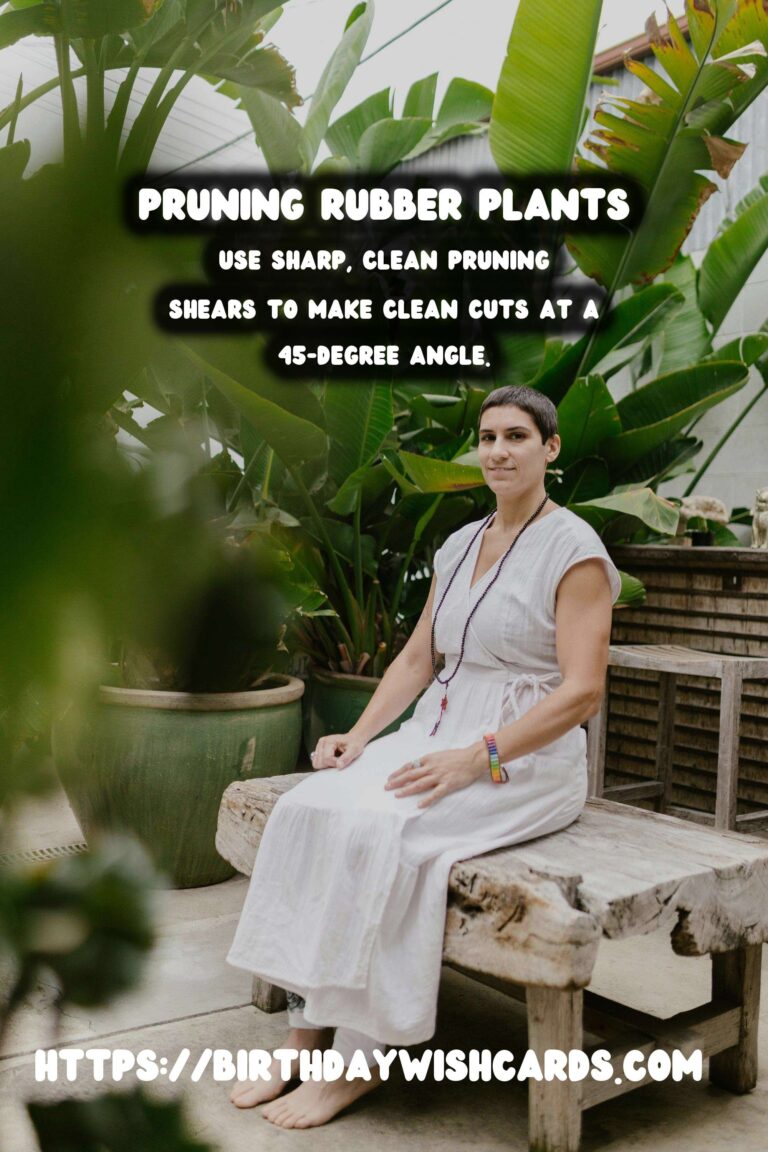
Rubber plants, known scientifically as Ficus elastica, are popular houseplants admired for their glossy leaves and ability to thrive indoors. Proper pruning is key to maintaining a healthy and aesthetically pleasing plant. This guide will take you through the essential steps of pruning rubber plants, ensuring they grow in the desired shape.
Understanding the Basics of Rubber Plant Care
Before diving into pruning, it’s important to grasp the fundamental care requirements for rubber plants. These plants thrive in bright, indirect light and need well-draining soil to prevent root rot. Regular watering is crucial, but be cautious not to overwater; allow the top inch of soil to dry out between waterings.
Why Pruning is Important for Rubber Plants
Pruning is an essential practice for maintaining the health and shape of rubber plants. It encourages bushier growth, removes dead or damaged leaves, and prevents the plant from becoming too tall and leggy. Pruning also helps in controlling the plant’s size, making it suitable for indoor environments where space might be limited.
When to Prune Your Rubber Plant
The best time to prune a rubber plant is during its active growing season, typically in spring or early summer. Pruning during this period ensures that the plant has enough energy to heal and produce new growth. Avoid pruning in the fall or winter when the plant is in a dormant state.
Tools Required for Pruning
Having the right tools on hand is essential for effective pruning. You will need a pair of sharp, clean pruning shears or scissors. Ensure your tools are sterilized to prevent the spread of plant diseases.
Step-by-Step Pruning Instructions
- Identify the branches to prune: Start by examining your rubber plant. Look for branches that are too long, crossing over others, or growing outward awkwardly.
- Make clean cuts: Using your pruning shears, make clean cuts at a 45-degree angle just above a node or leaf. This encourages new growth from that point.
- Remove dead or damaged leaves: Gently remove any leaves that are yellowing, brown, or showing signs of damage.
- Trim back for shape: To encourage a bushier plant, trim back the top of the plant to the desired height. This will promote growth from the sides, resulting in a fuller plant.
Aftercare for Pruned Rubber Plants
Once you have finished pruning, it’s important to care for your rubber plant to aid in its recovery. Continue to provide adequate light and water, and consider applying a diluted liquid fertilizer to encourage new growth.
Common Mistakes to Avoid
Avoid common pruning mistakes such as over-pruning, which can stress the plant and inhibit growth. Be mindful not to remove more than one-third of the plant’s foliage at one time. Additionally, never prune with dull or dirty tools, as this can cause damage and introduce diseases.
Conclusion
Pruning rubber plants is a straightforward process that significantly benefits the plant’s health and appearance. By following the steps outlined in this guide, your rubber plant will remain vibrant and well-shaped, enhancing the beauty of your indoor space.
Rubber plants thrive in bright, indirect light and need well-draining soil. Pruning encourages bushier growth and prevents the plant from becoming too tall. The best time to prune is during the plant’s active growing season. Use sharp, clean pruning shears to make clean cuts at a 45-degree angle. Avoid over-pruning to prevent stress and inhibit growth. 
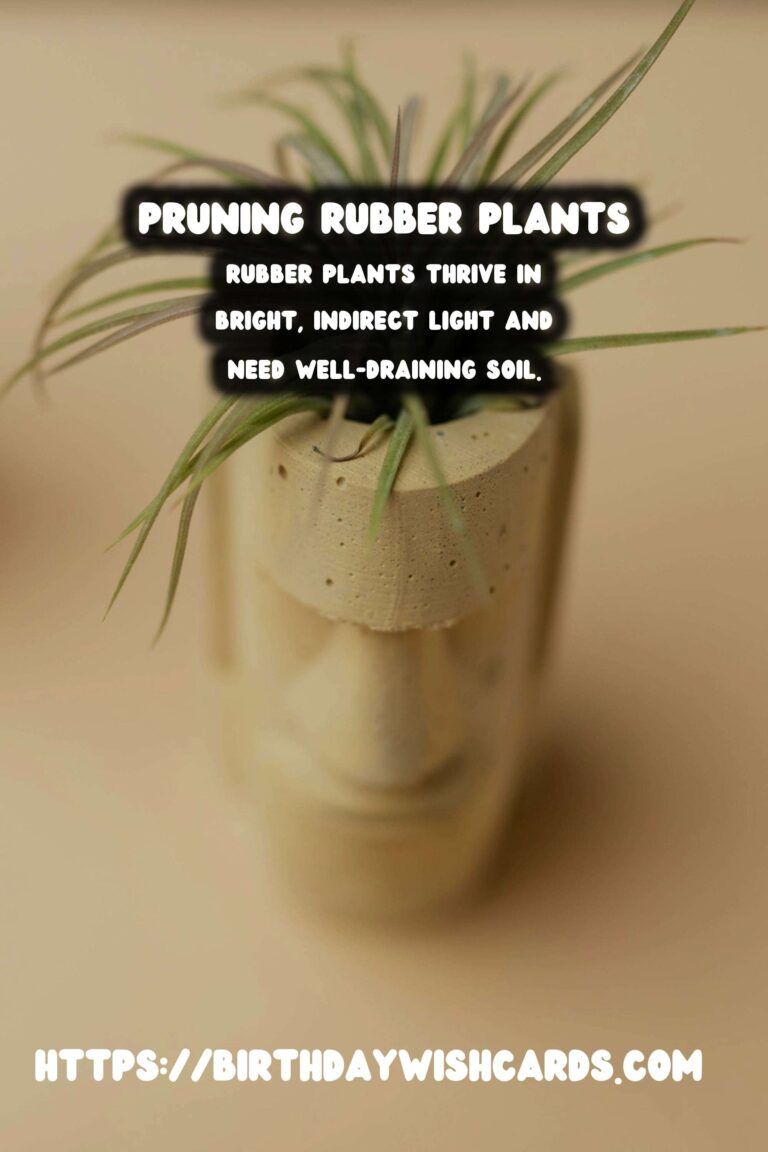
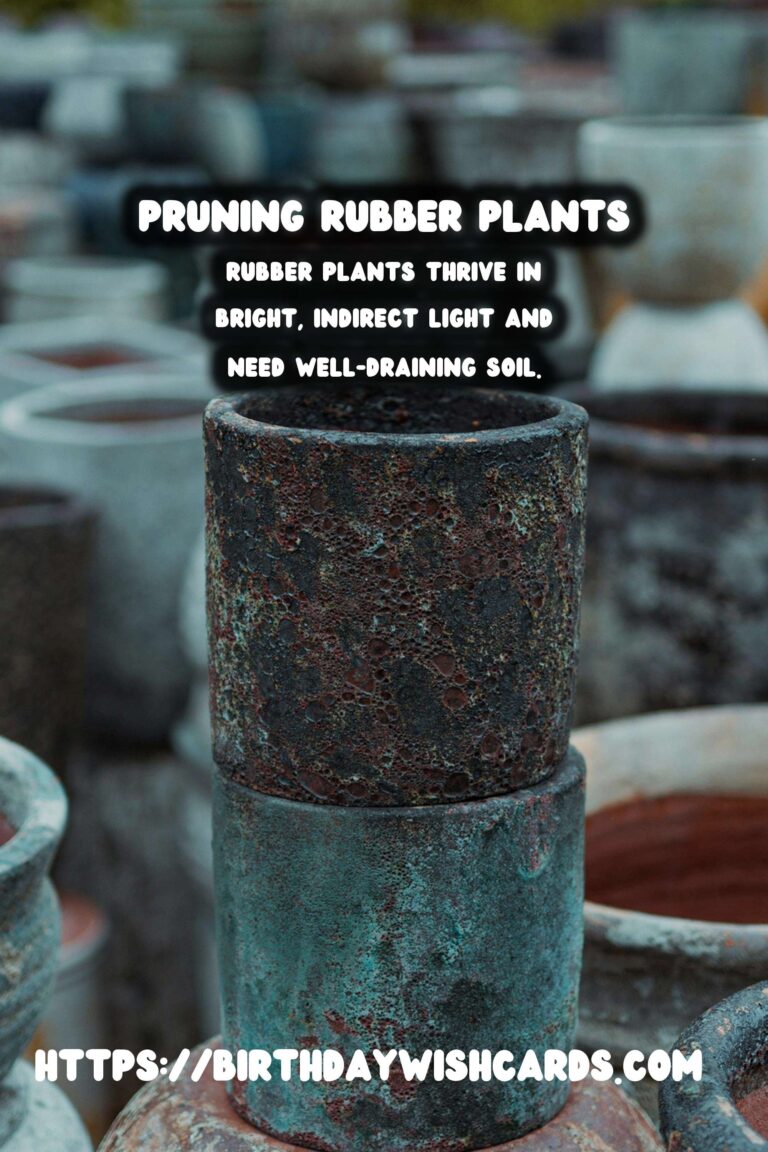
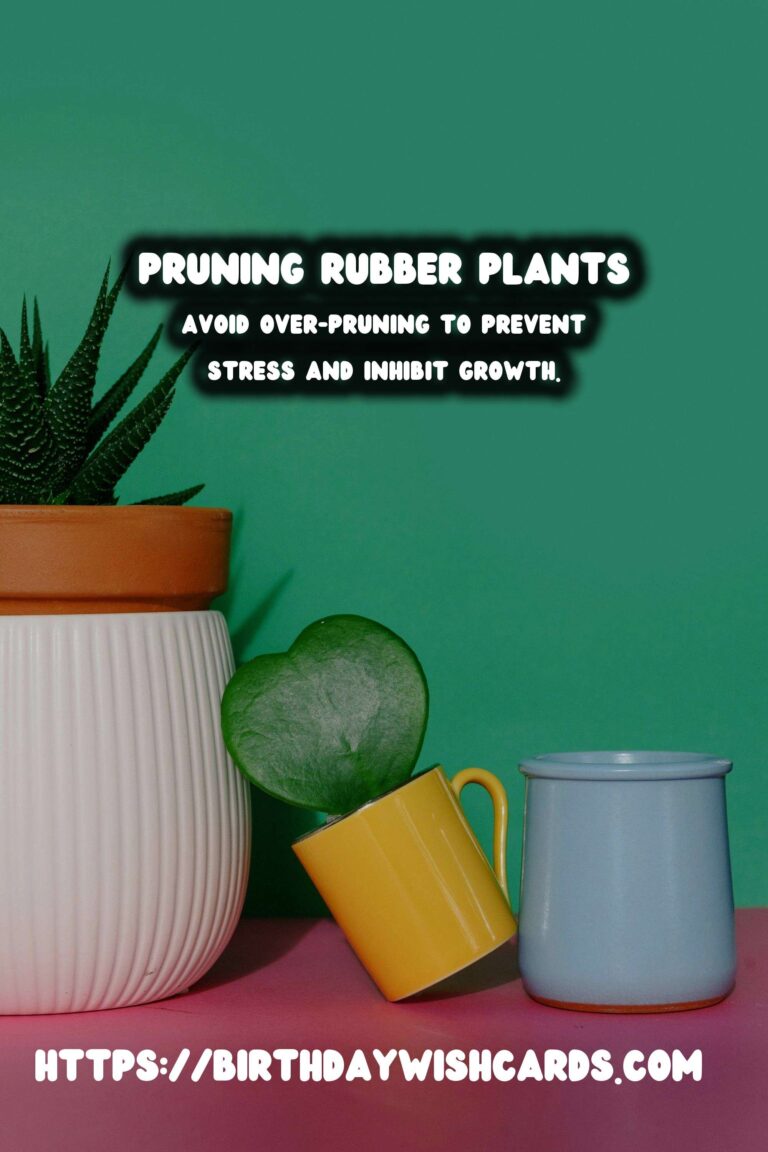
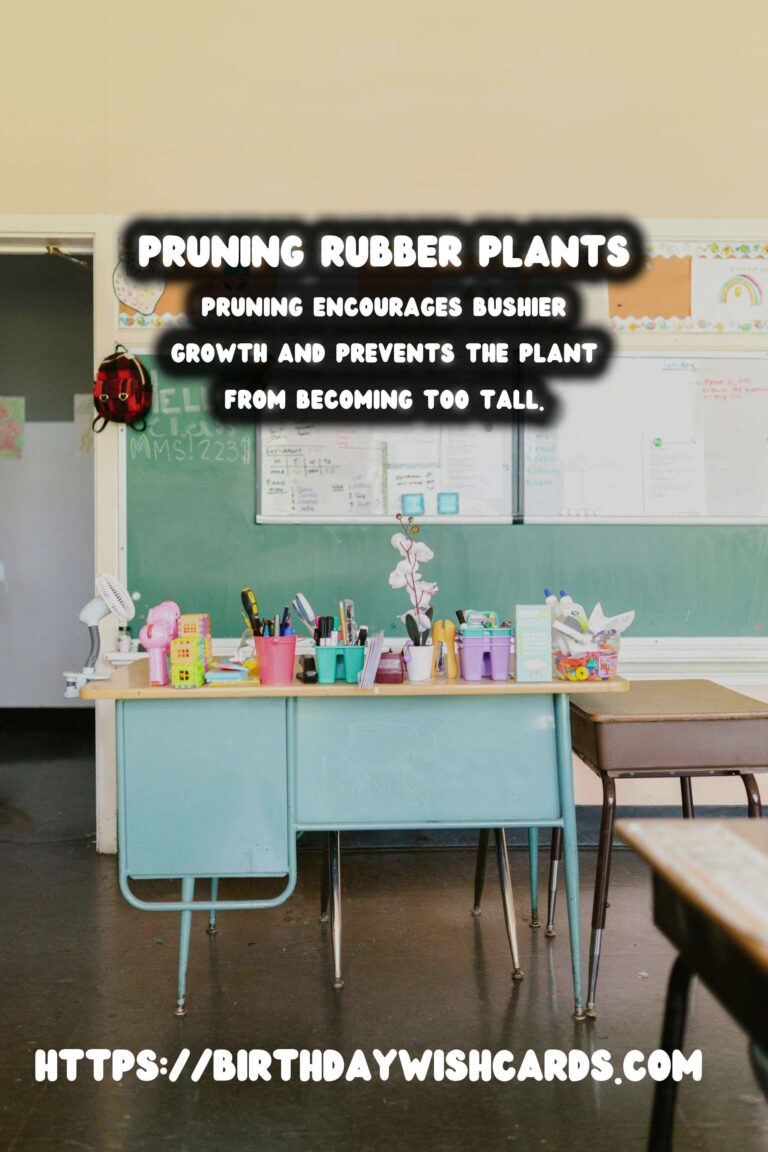
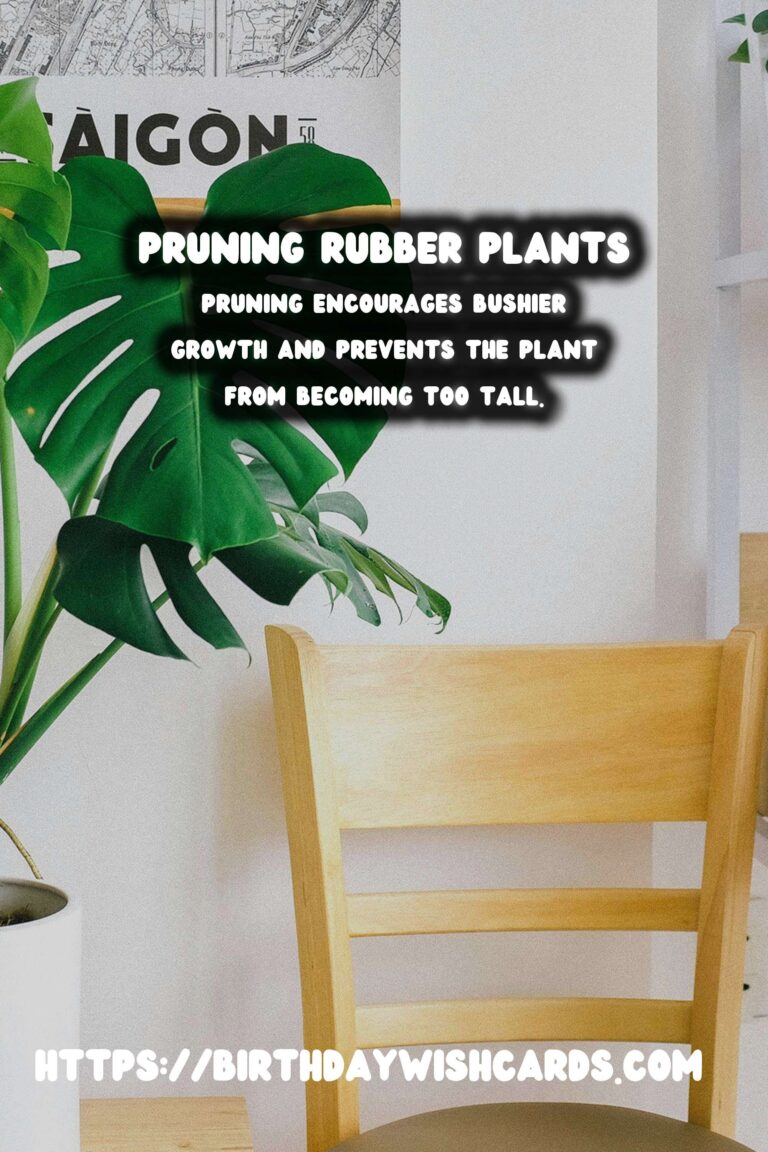
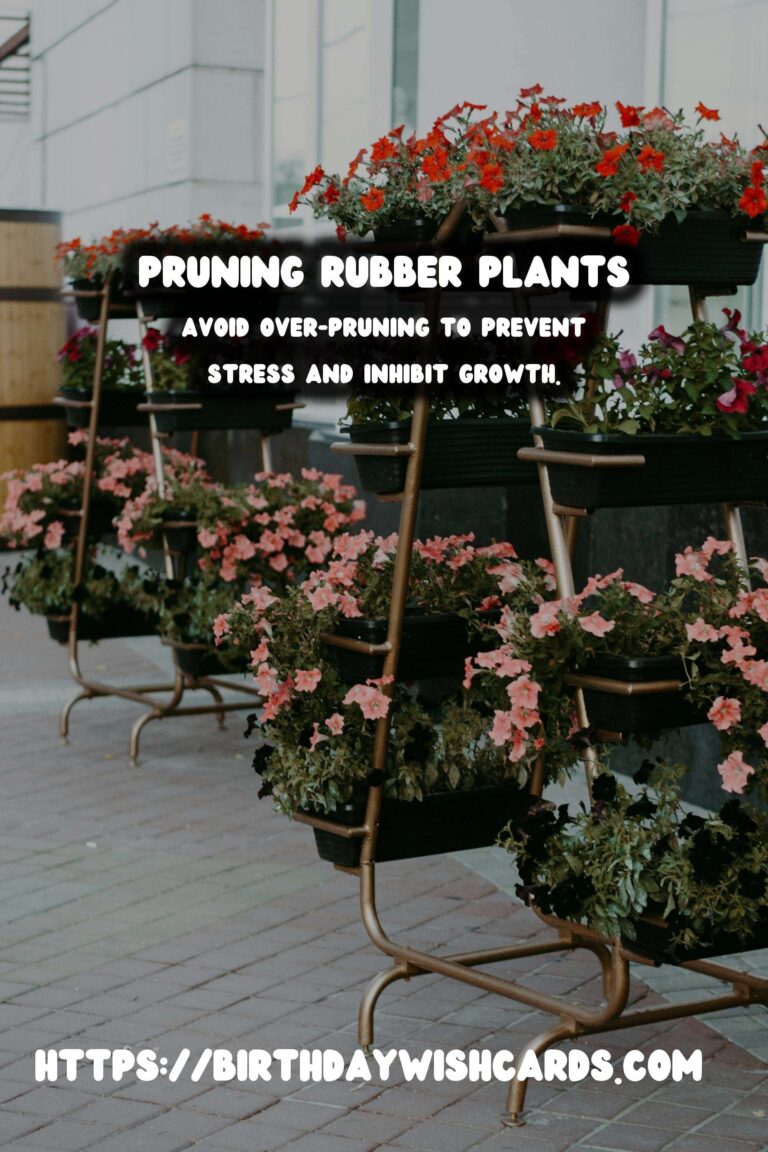
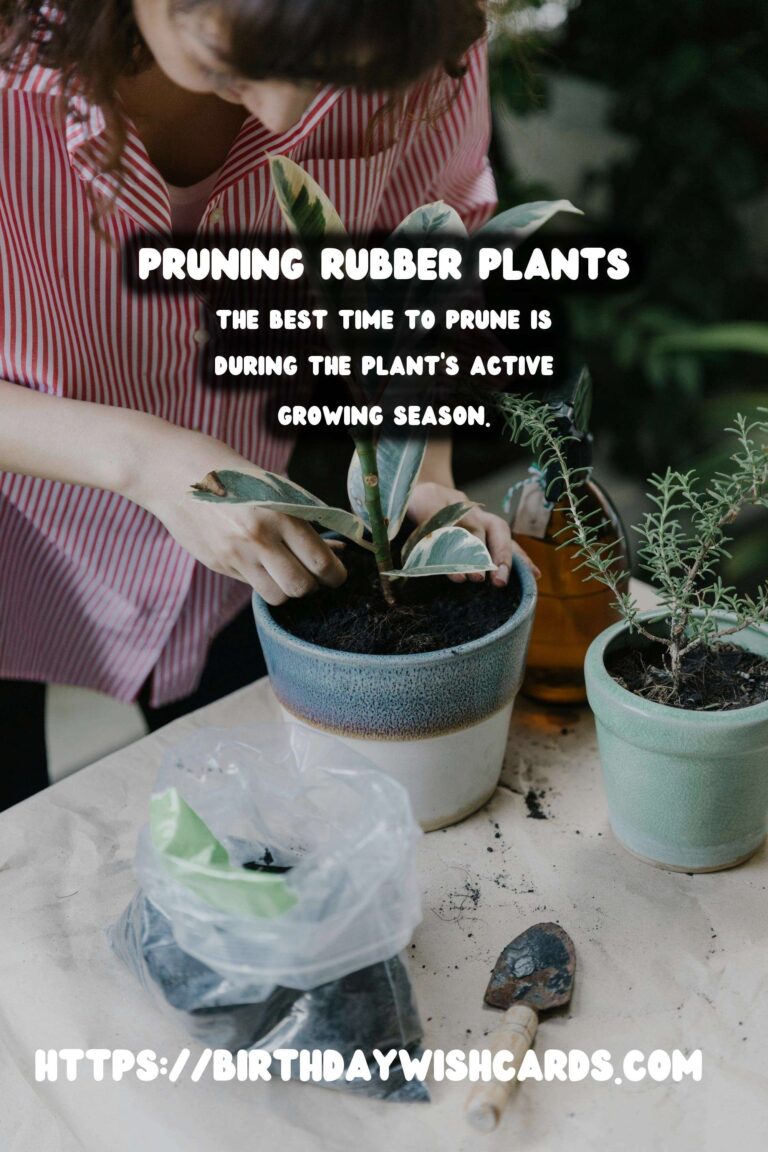
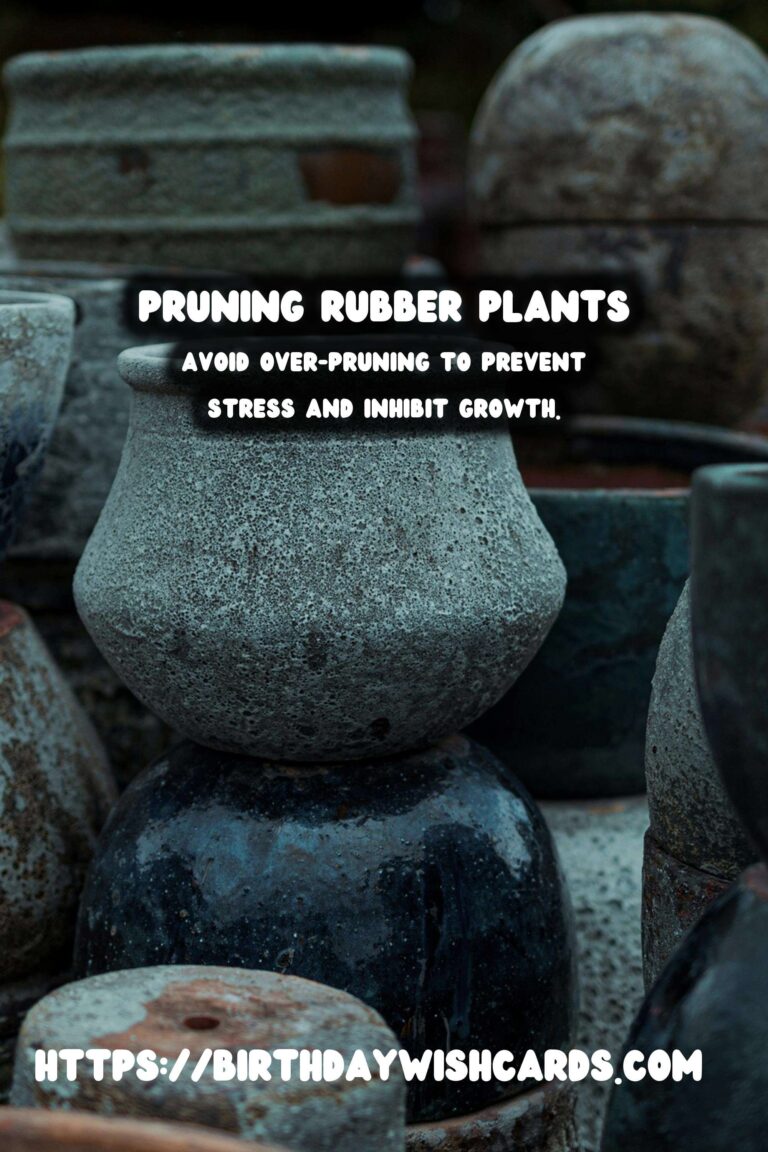
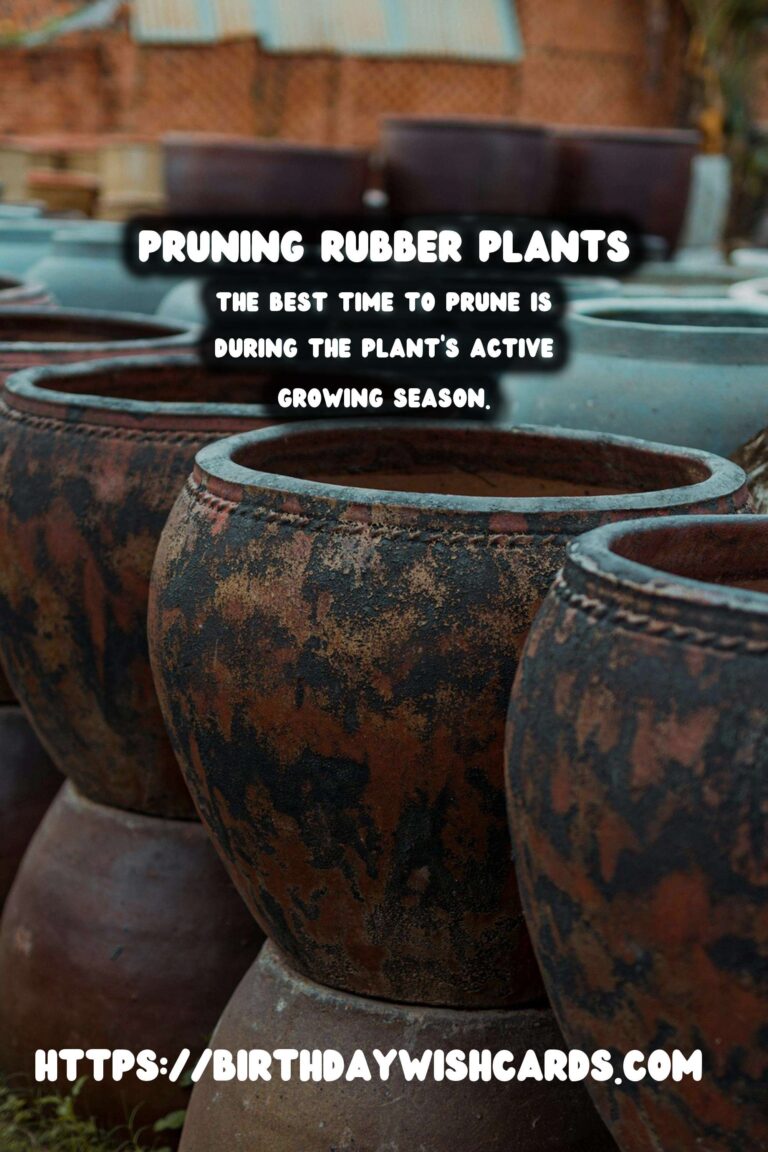
#RubberPlant #PlantCare #Pruning #GardeningTips #Houseplants




